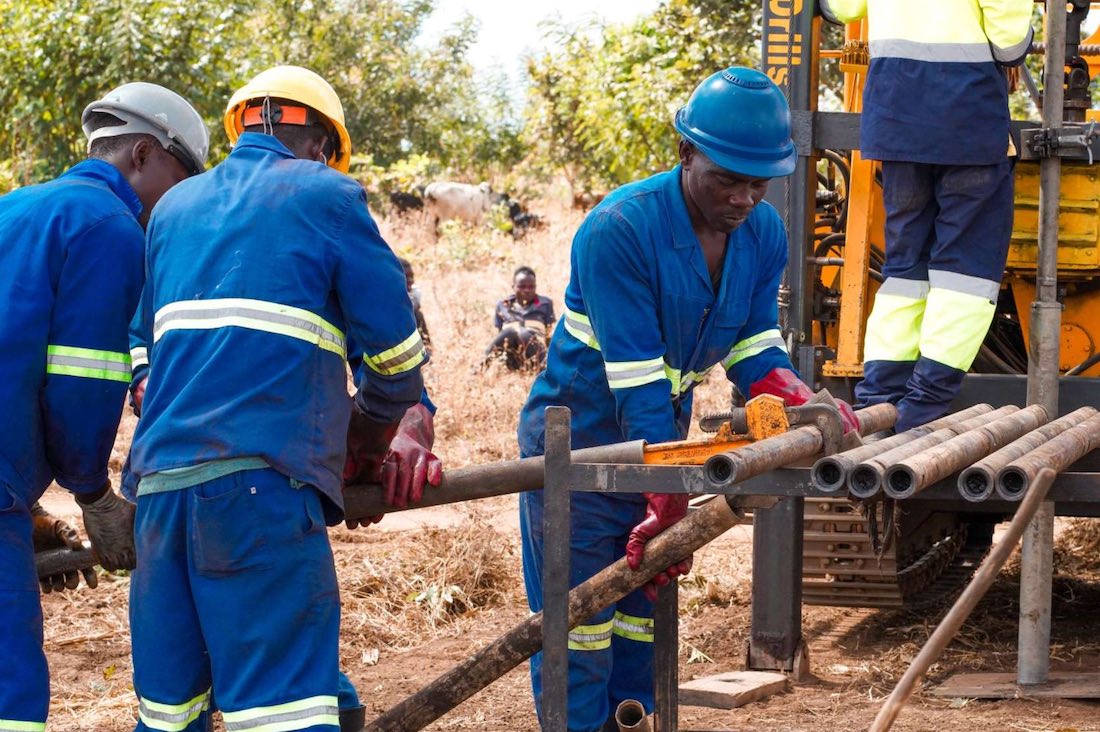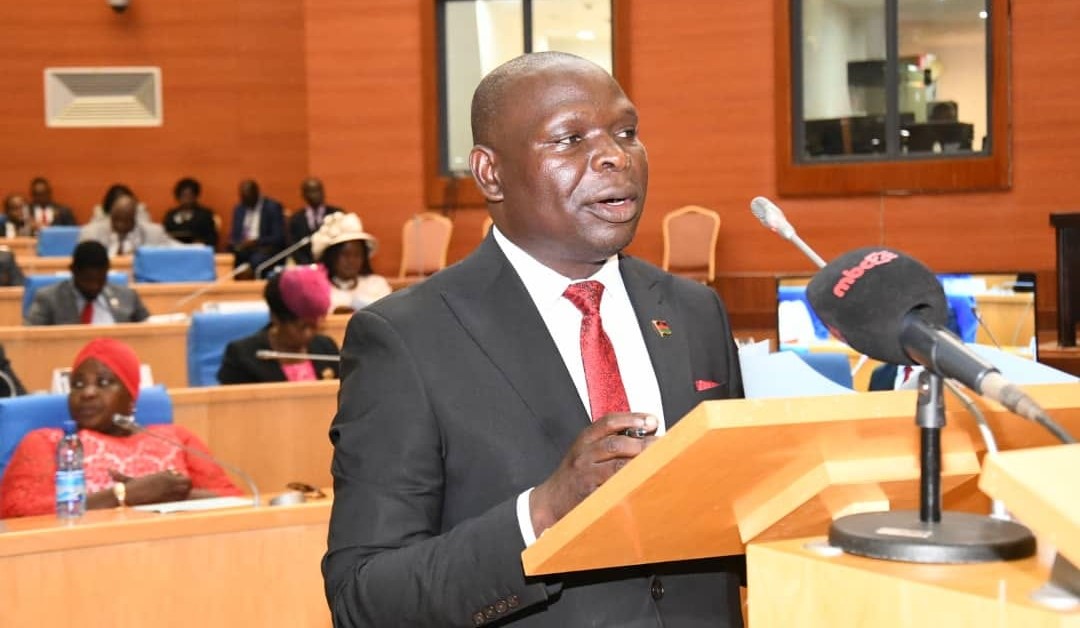Malawi facing capacity gaps despite strides
The African Development Bank (AfDB) says Malawi still faces significant capacity gaps in macroeconomic modelling, despite the huge strides made in forecasting, analysis and effective policy management.
In its recently published Benchmark Macroeconomic Models for Effective Policy Management in Africa, the bank says despite a prolonged period of evidence-based policy conduct, the country remains in the grip of macroeconomic instability.
Reads the report in part: “The greatest challenges are consistency in working with models, staff rotation, and multiple assignments for modellers, which render modelling duties noncore.

“From the central bank perspective, finances have not been a major hindrance although this appears to be the case in the ministry. In some cases,there is inadequate staff and delayed acquisition of requisite modelling skills.”
The bank observed that harmonisation of models and ensuringthat personnel from different government departments interact frequently might assist model sustainability.
“Due tonatural attrition, capacity building in modelling must be continuous but well-targeted,” reads the report in part.
Macroeconomic modelling is important for policymakers in Africa to contribute effectively to the design, analysis, and effective implementation of evidence-based economic policies.
According to the bank, technicians need adequate skills and comprehensive operationalmacroeconomic models to undertake this function.
AfDB data shows that, among others, the Forecasting and Policy Analysis Systems is being actively used by the country’s central bank.
The core model in this system is the quarterly projection one, a standard forward-looking new Keynesian model used to project inflation and gross domestic product and decide on the course of monetary policy.
Meanwhile, in its fourth Monetary Policy Committee (MPC) meeting report, Reserve Bank of Malawi (RBM) had projected inflation to slow down to 28.2 percent, slightly lower than its earlier projection of 29.5 percent, but far above the central bank’s target of five percent in the medium-term.
Meanwhile, the 44 percent kwacha devaluation and subsequent increases in prices of fuel, electricity and other basic items could cause inflation to spiral and dampen RBM target on prices.





